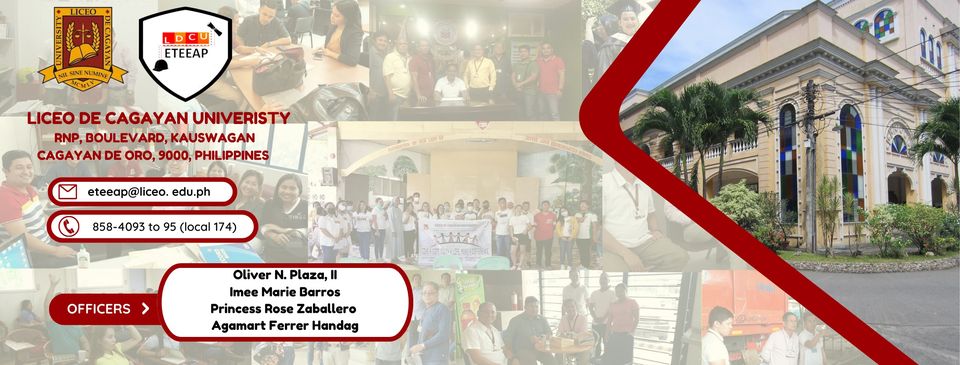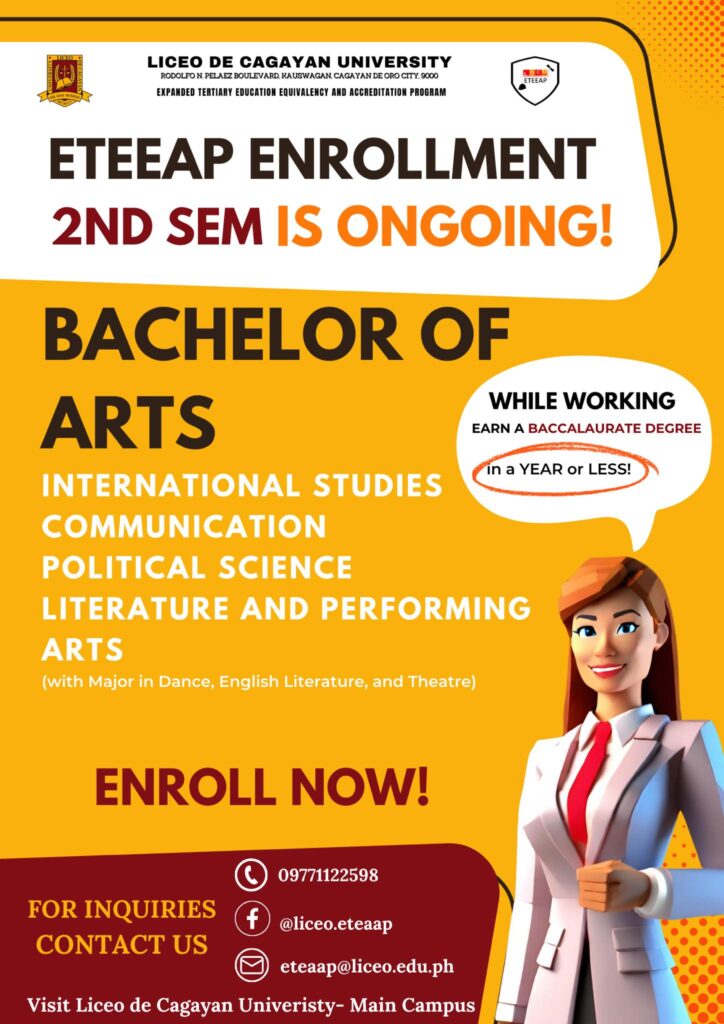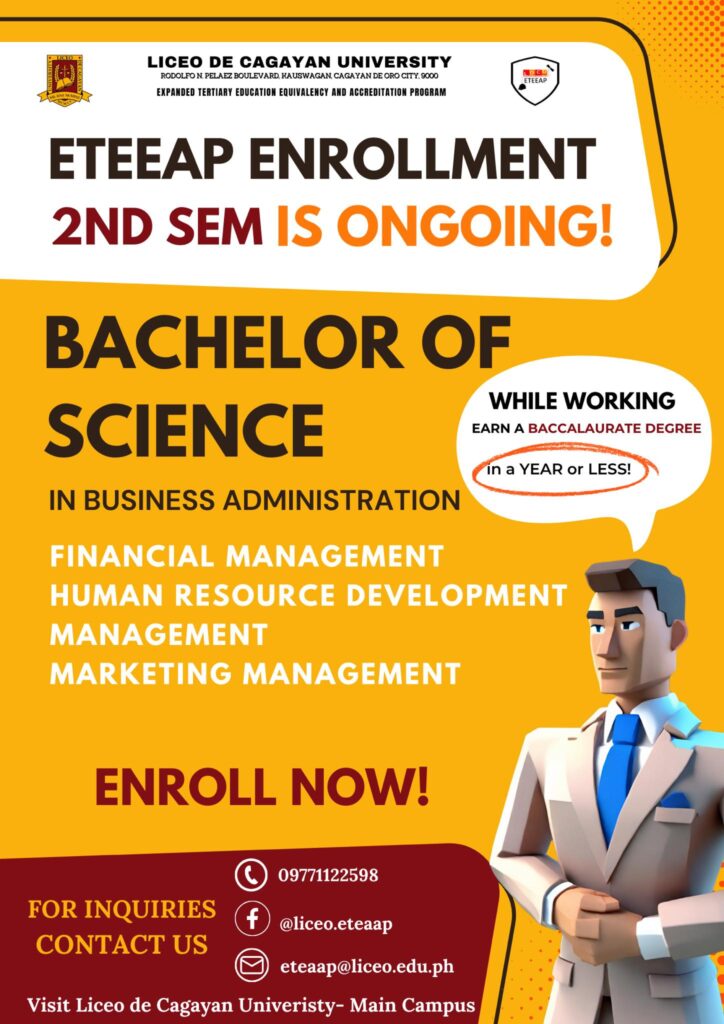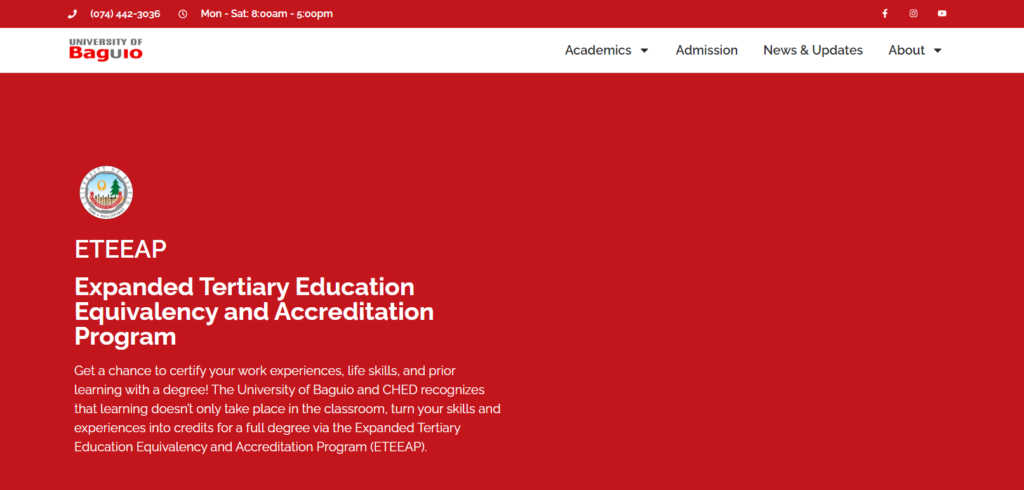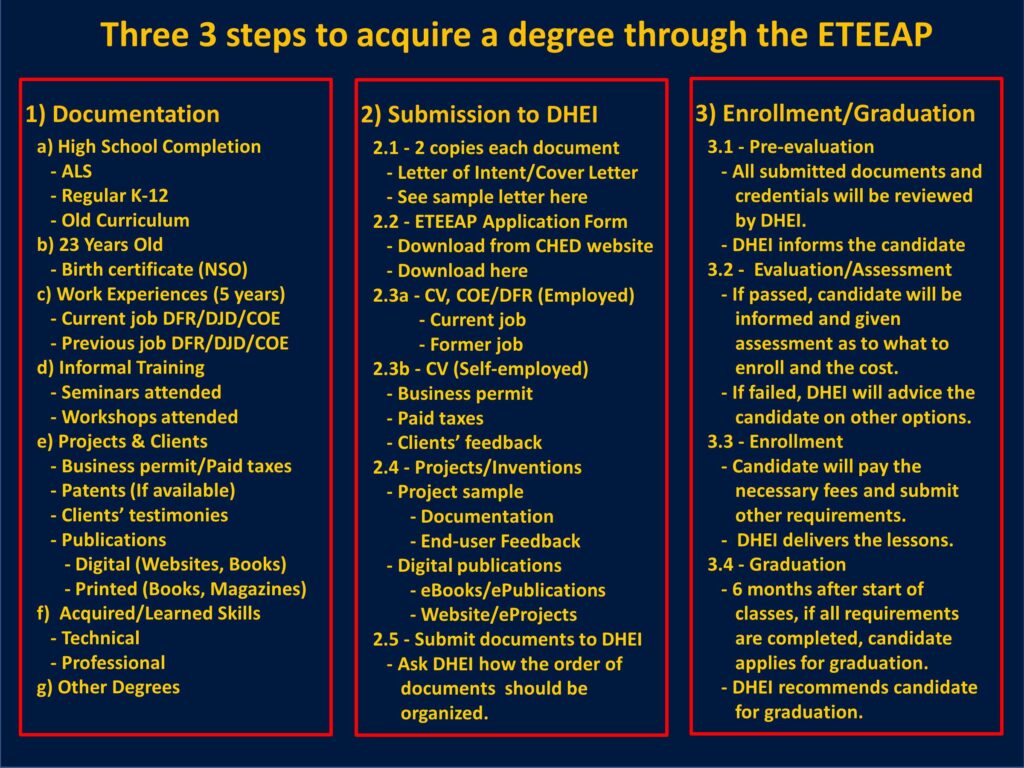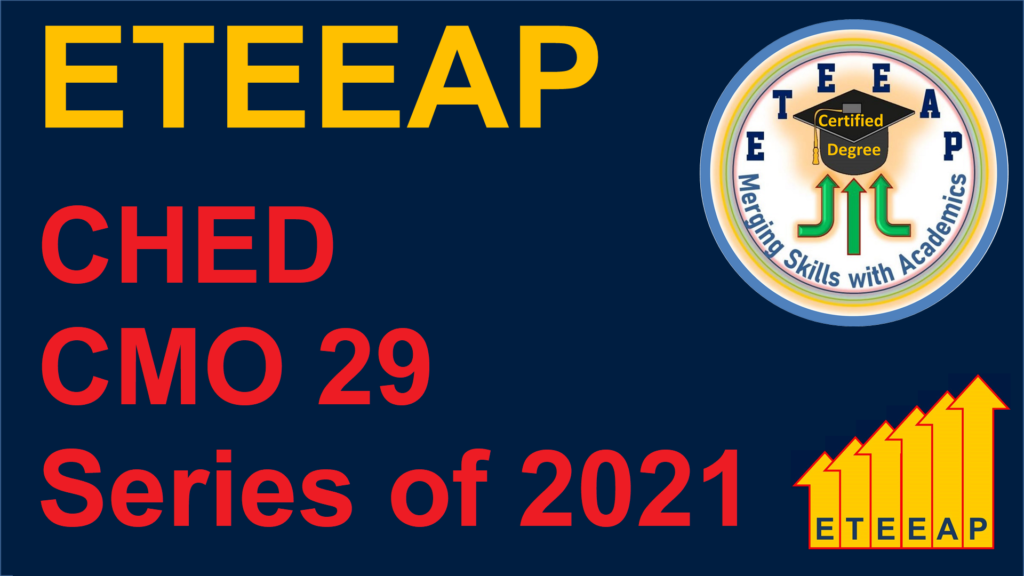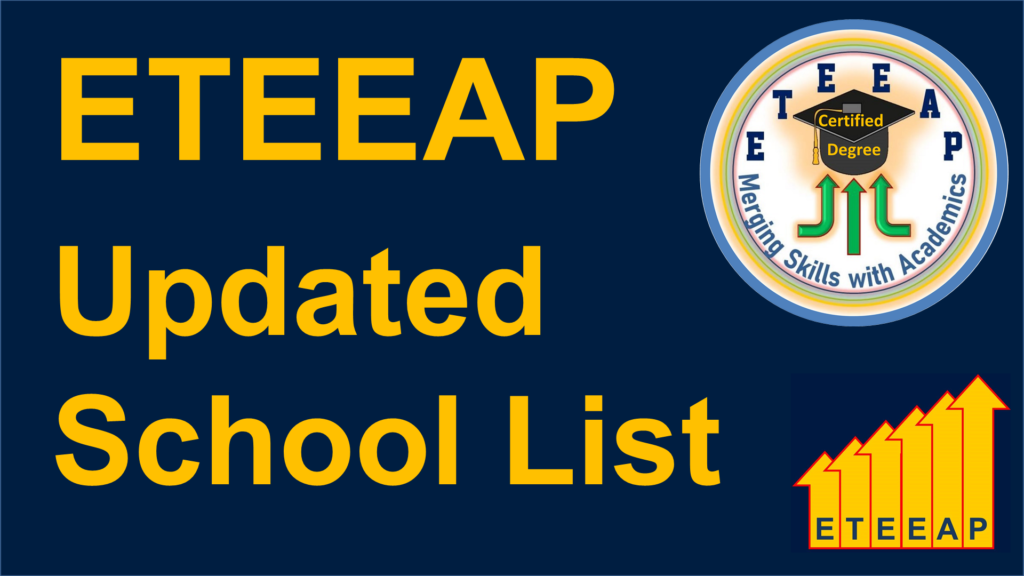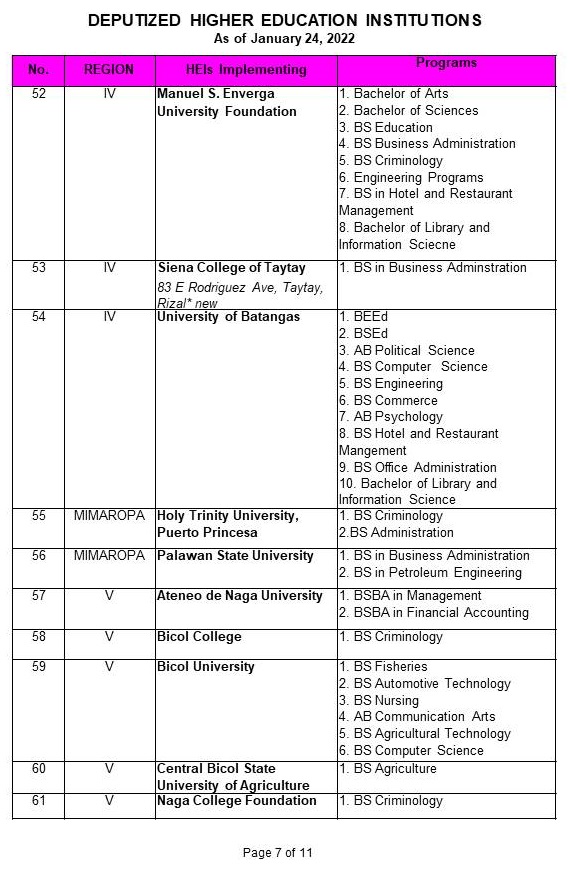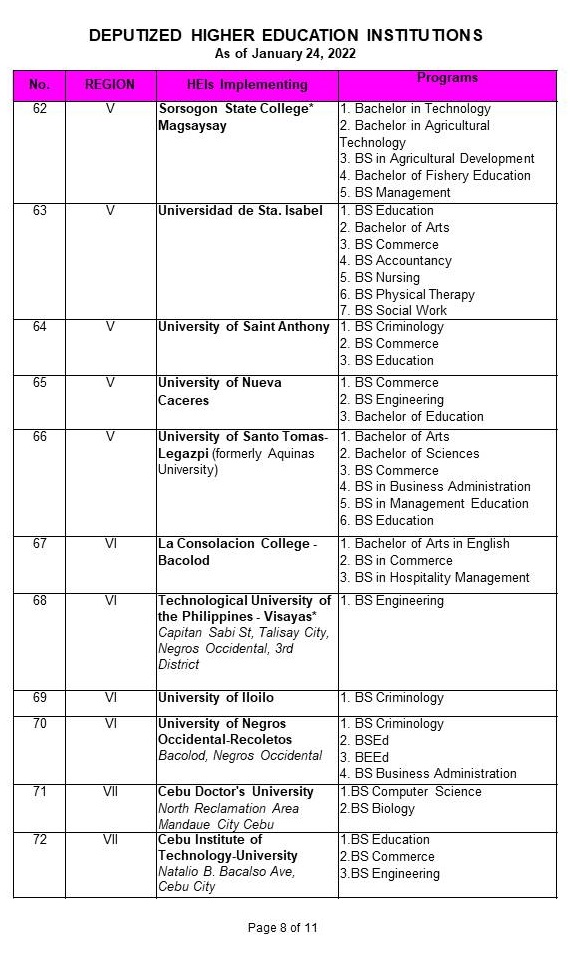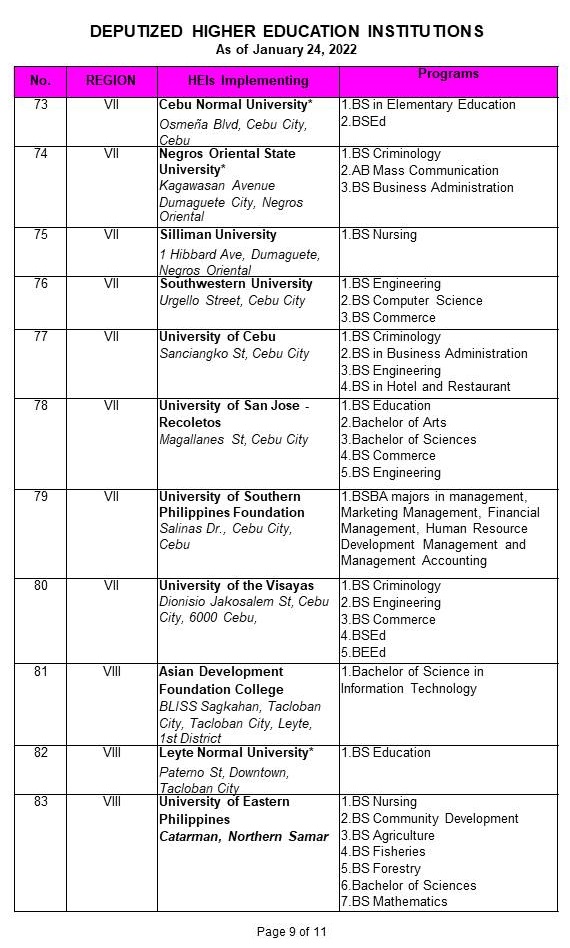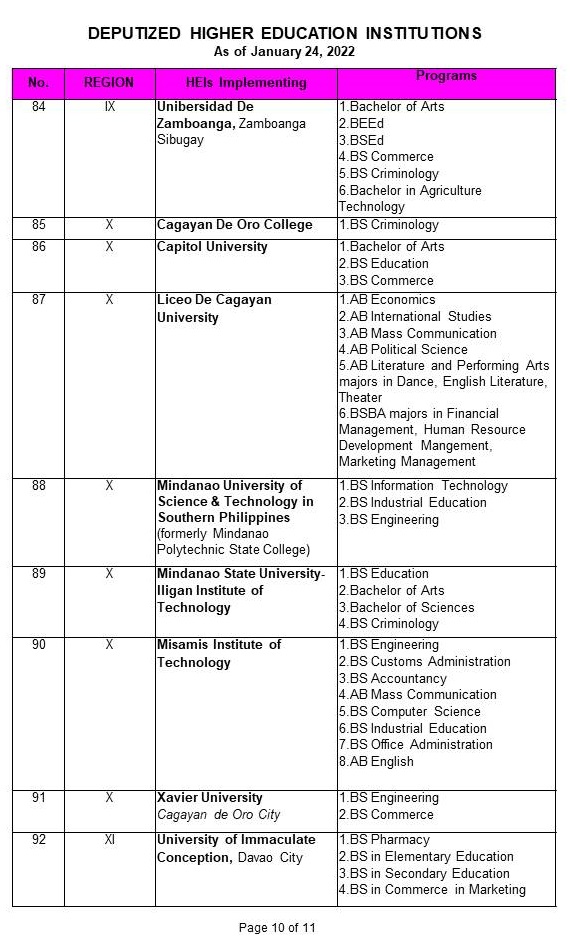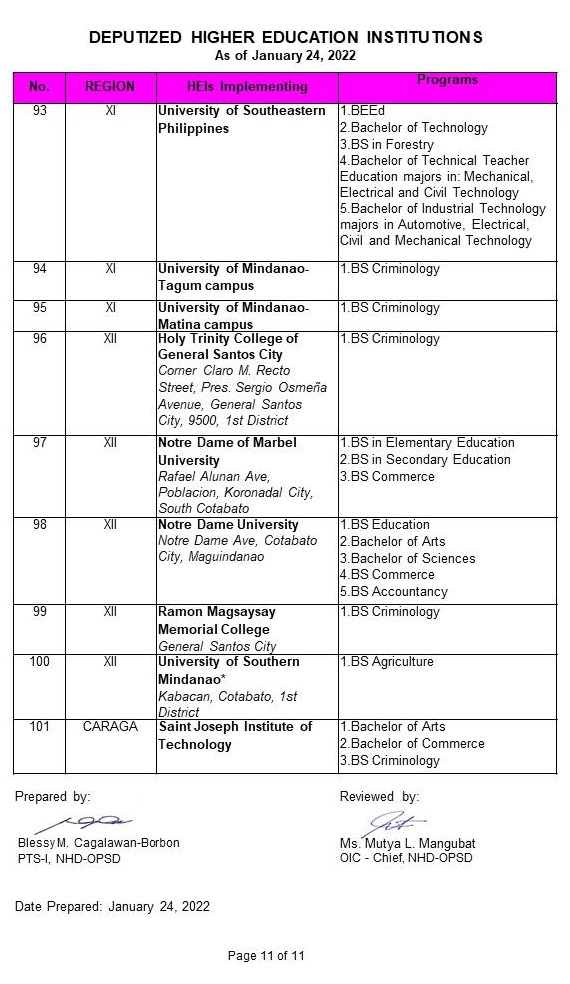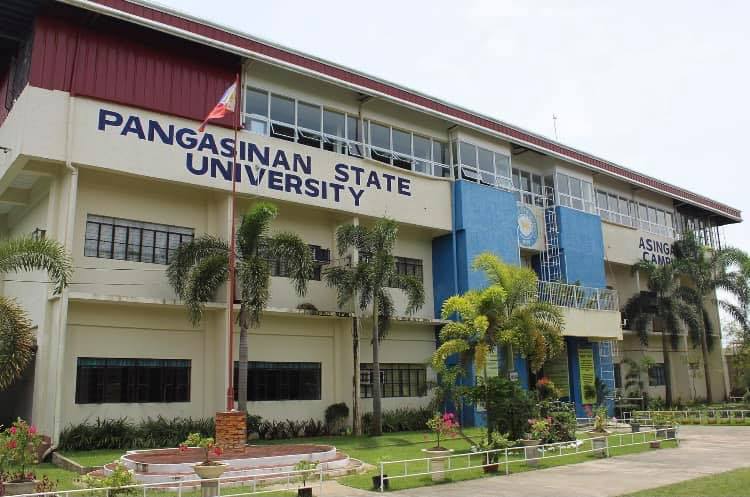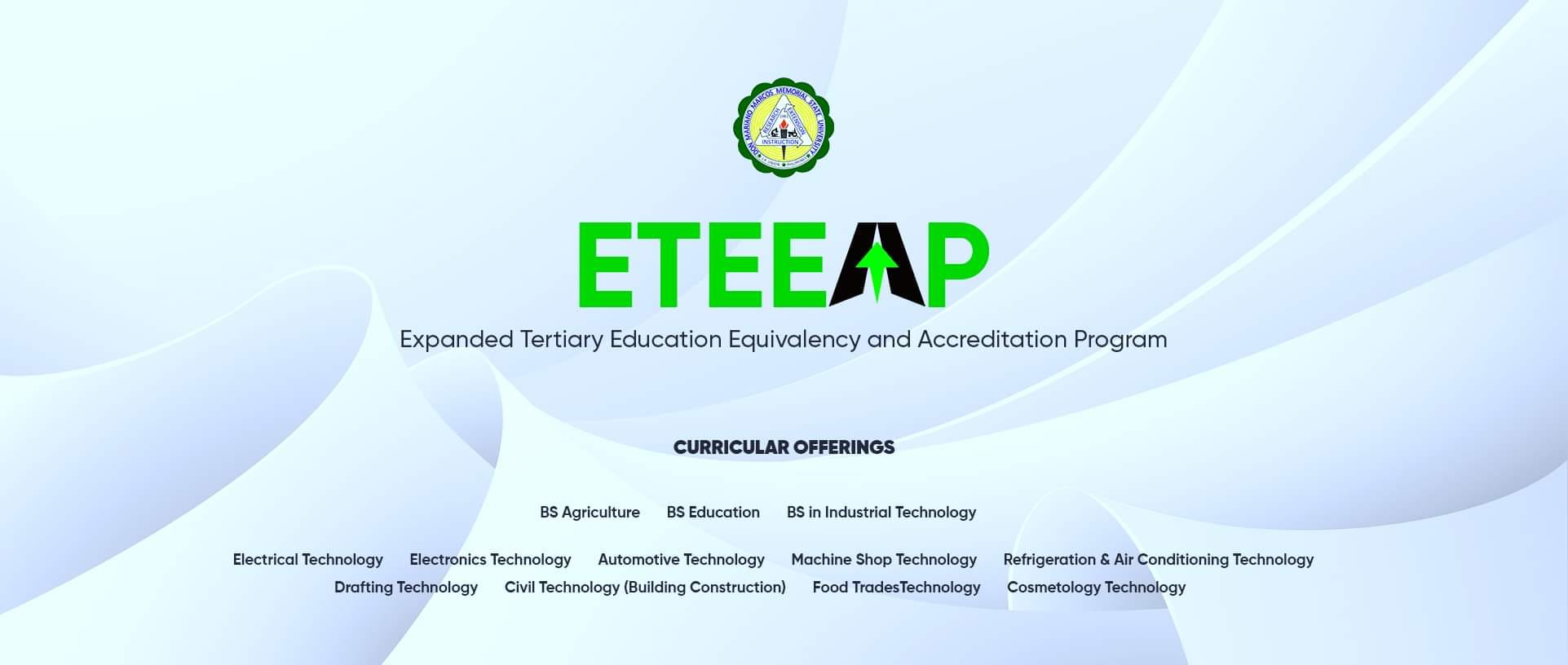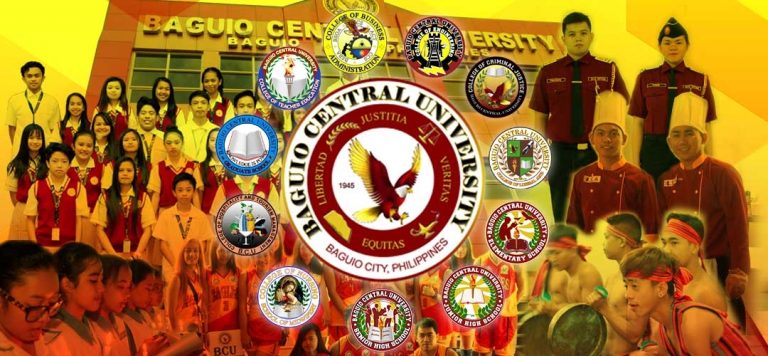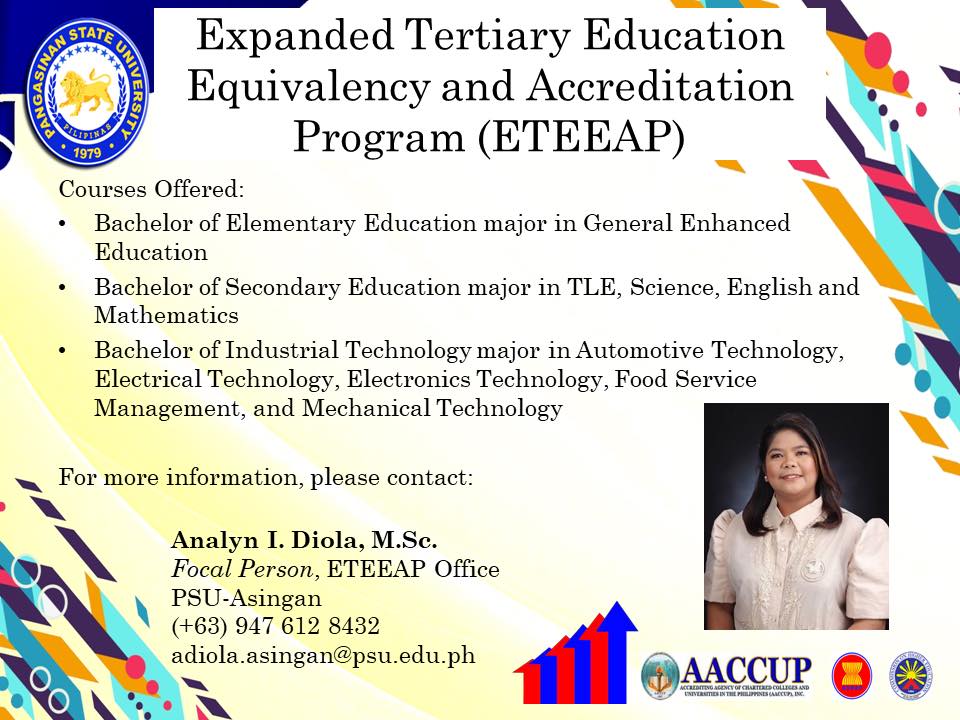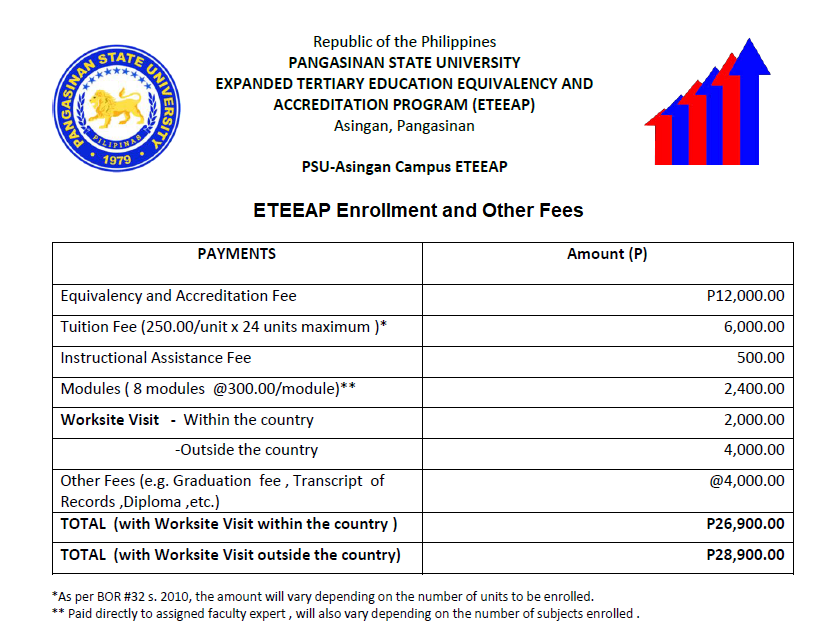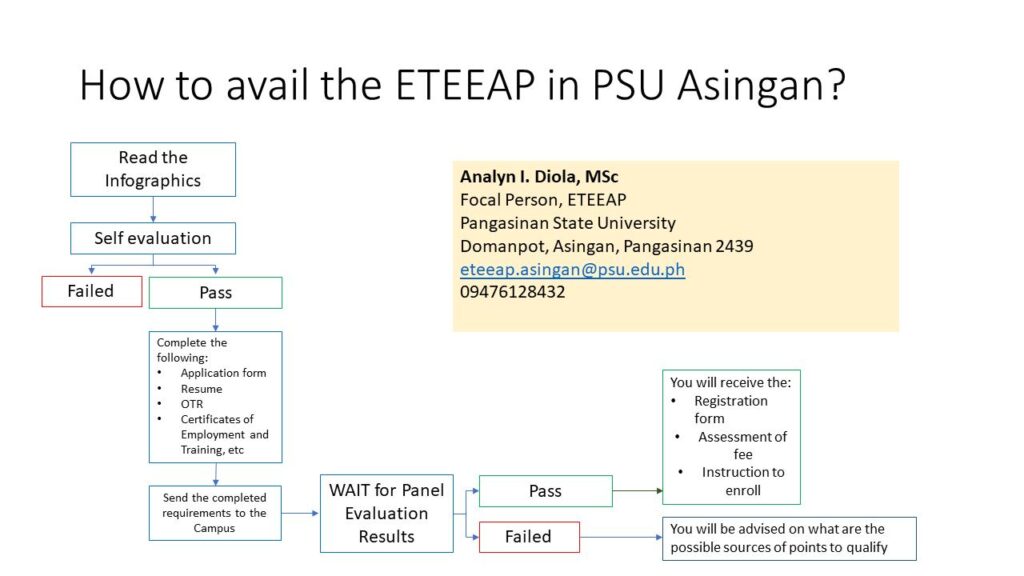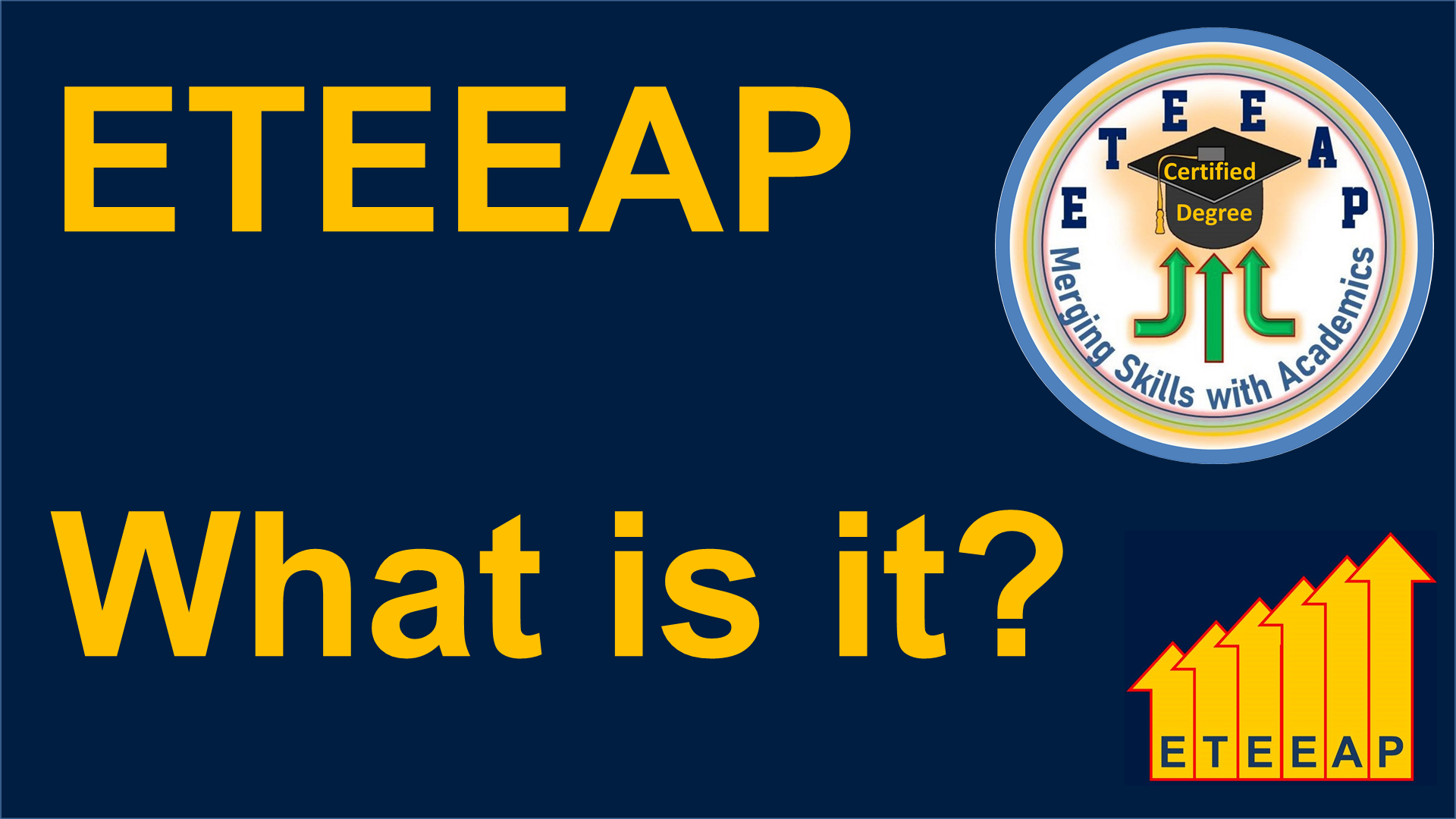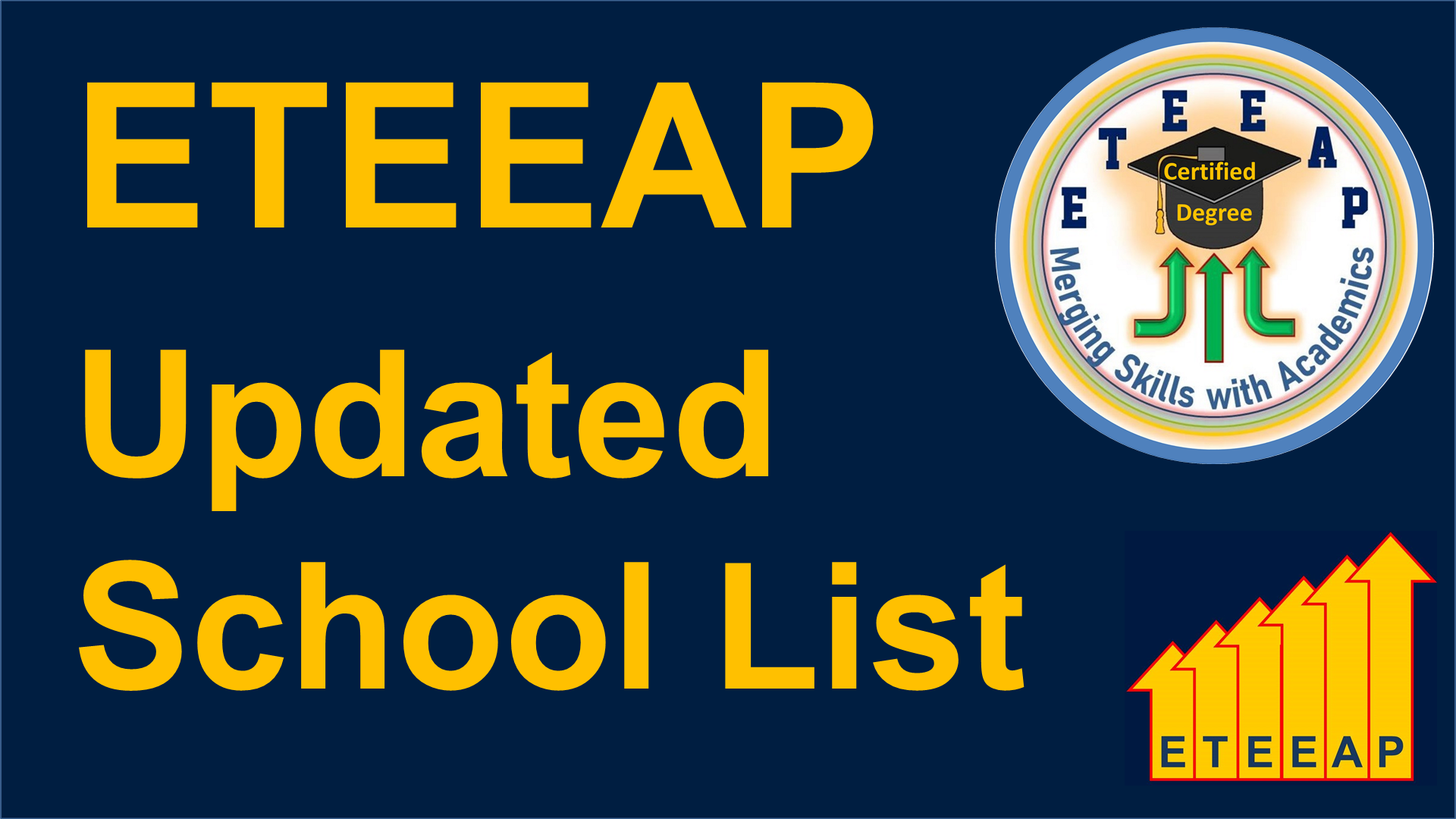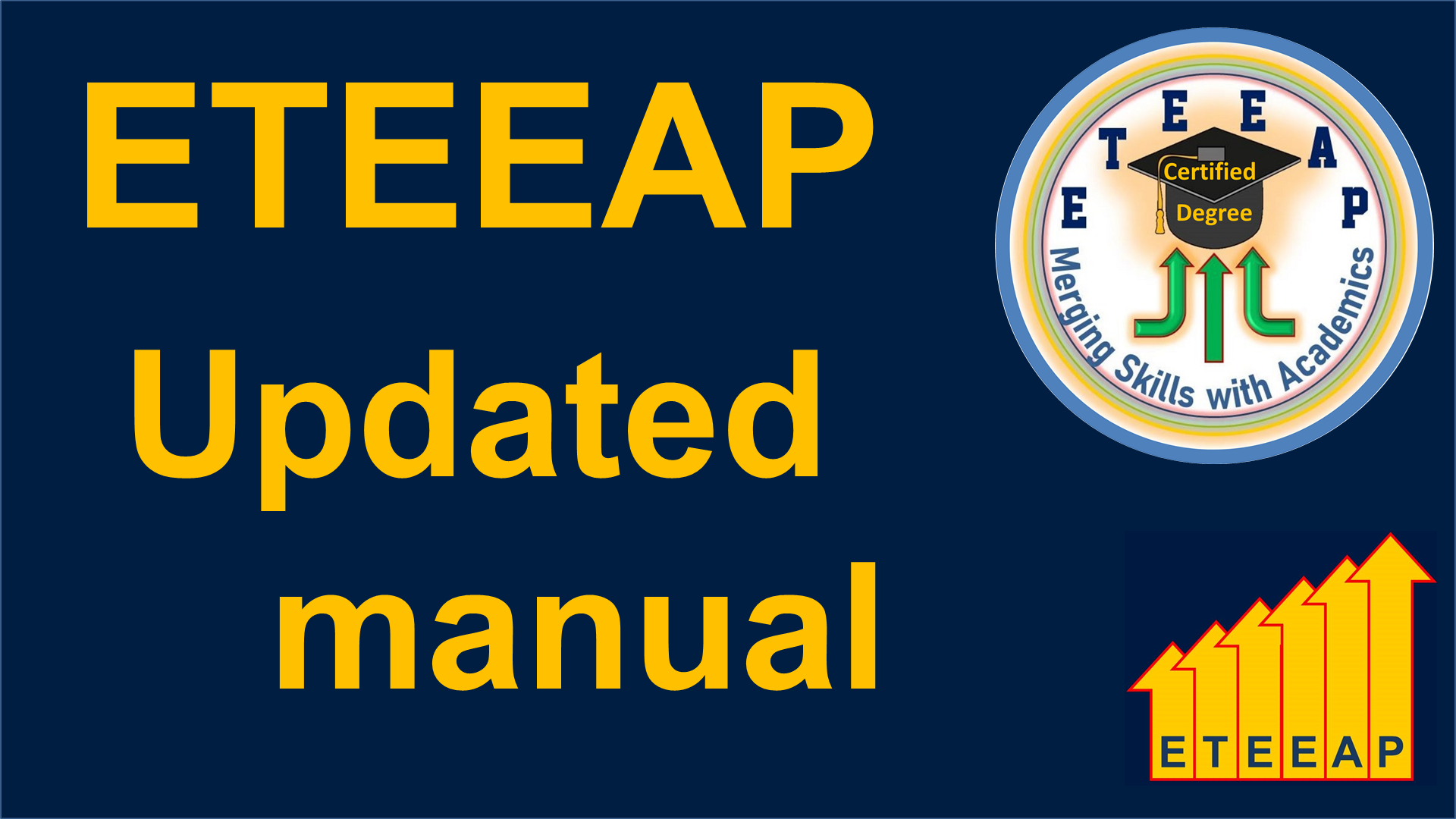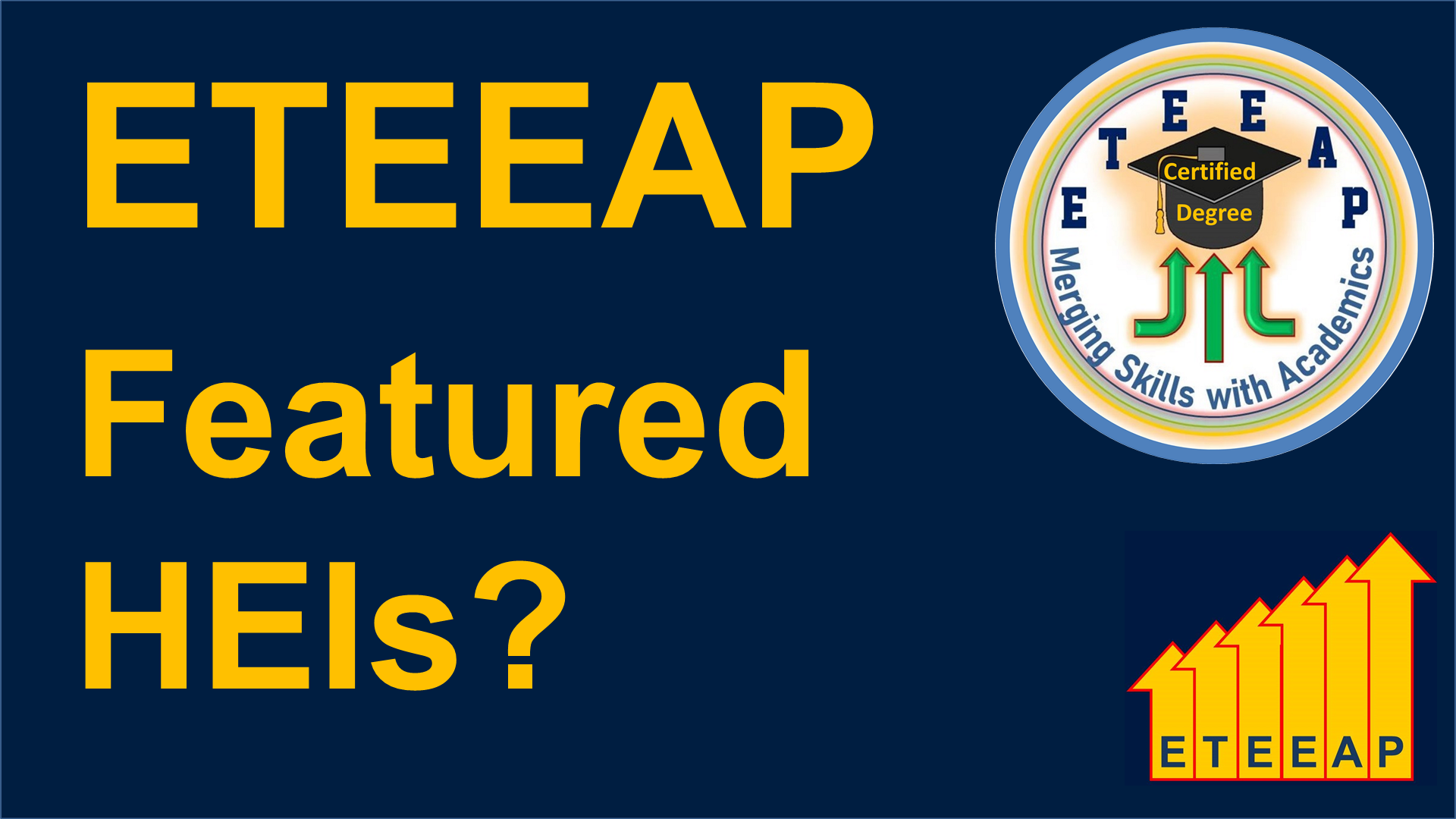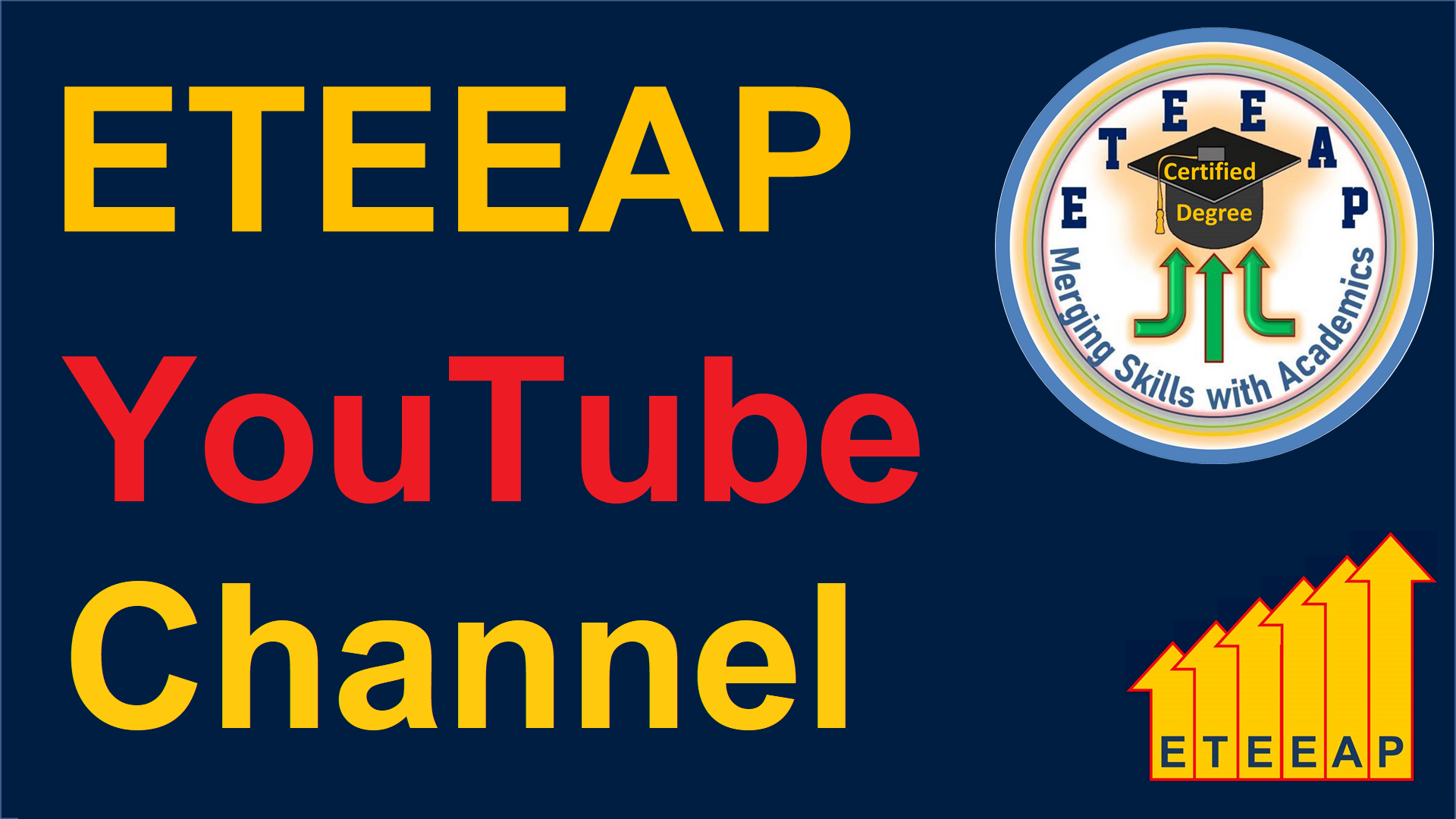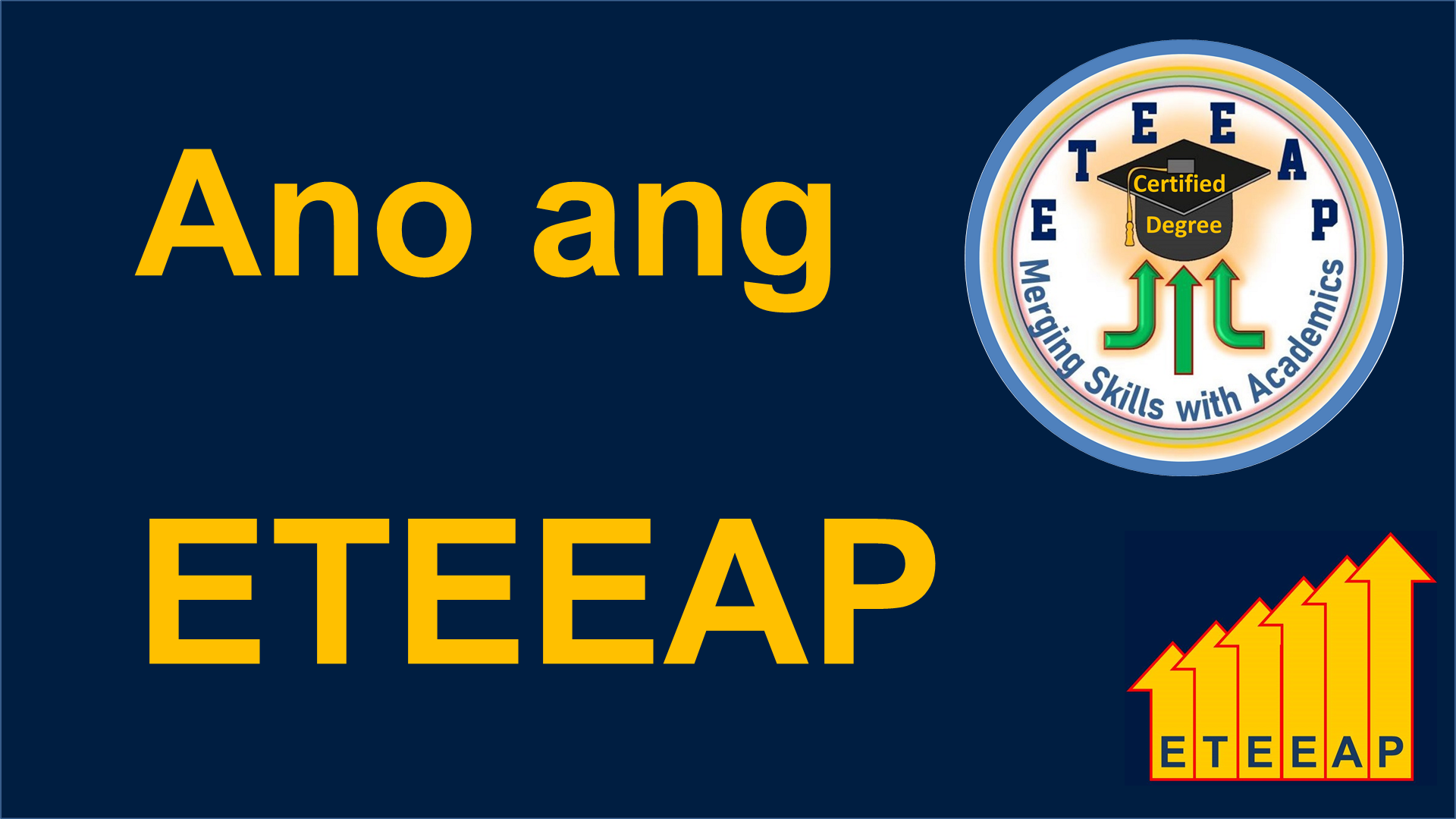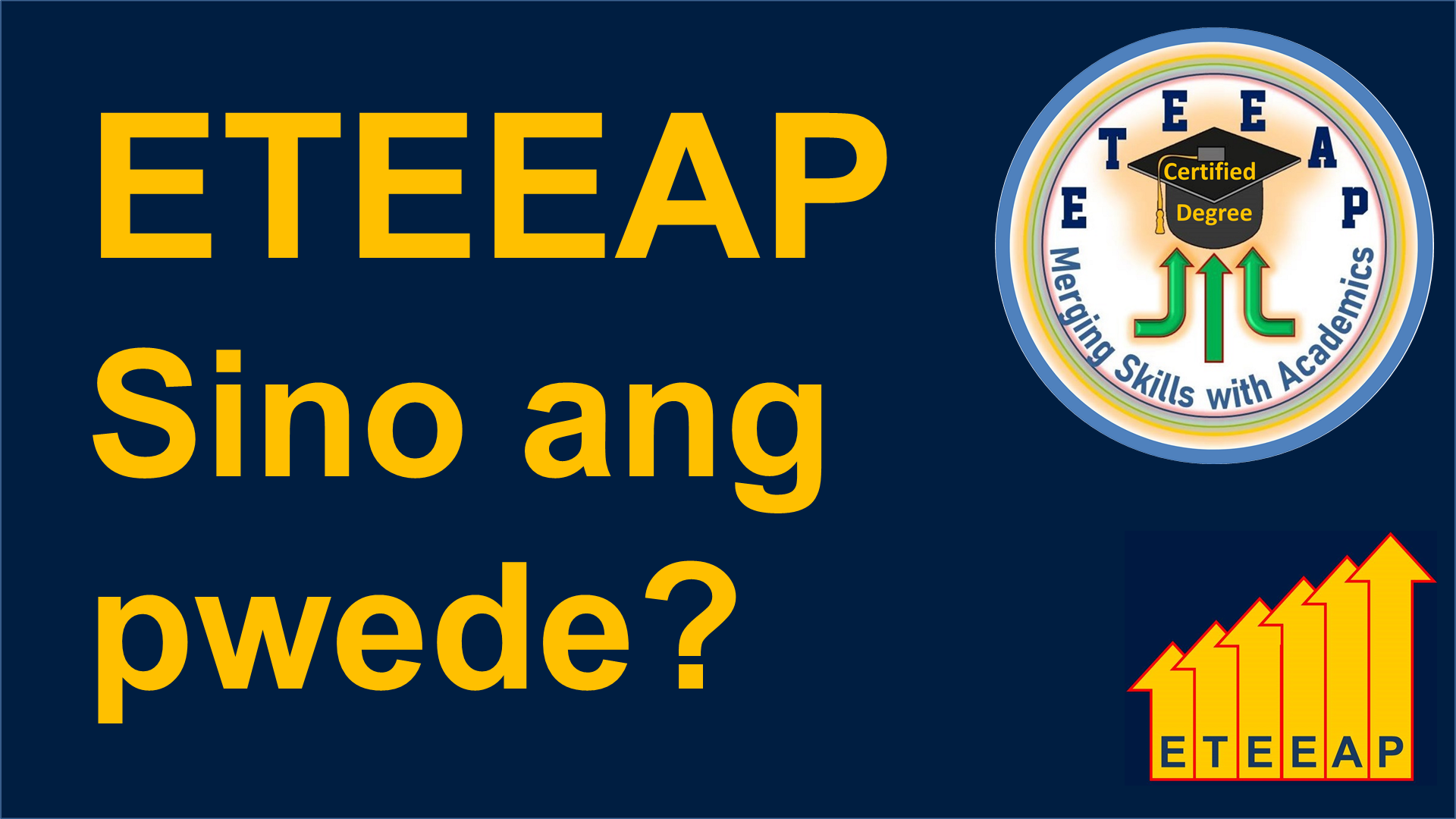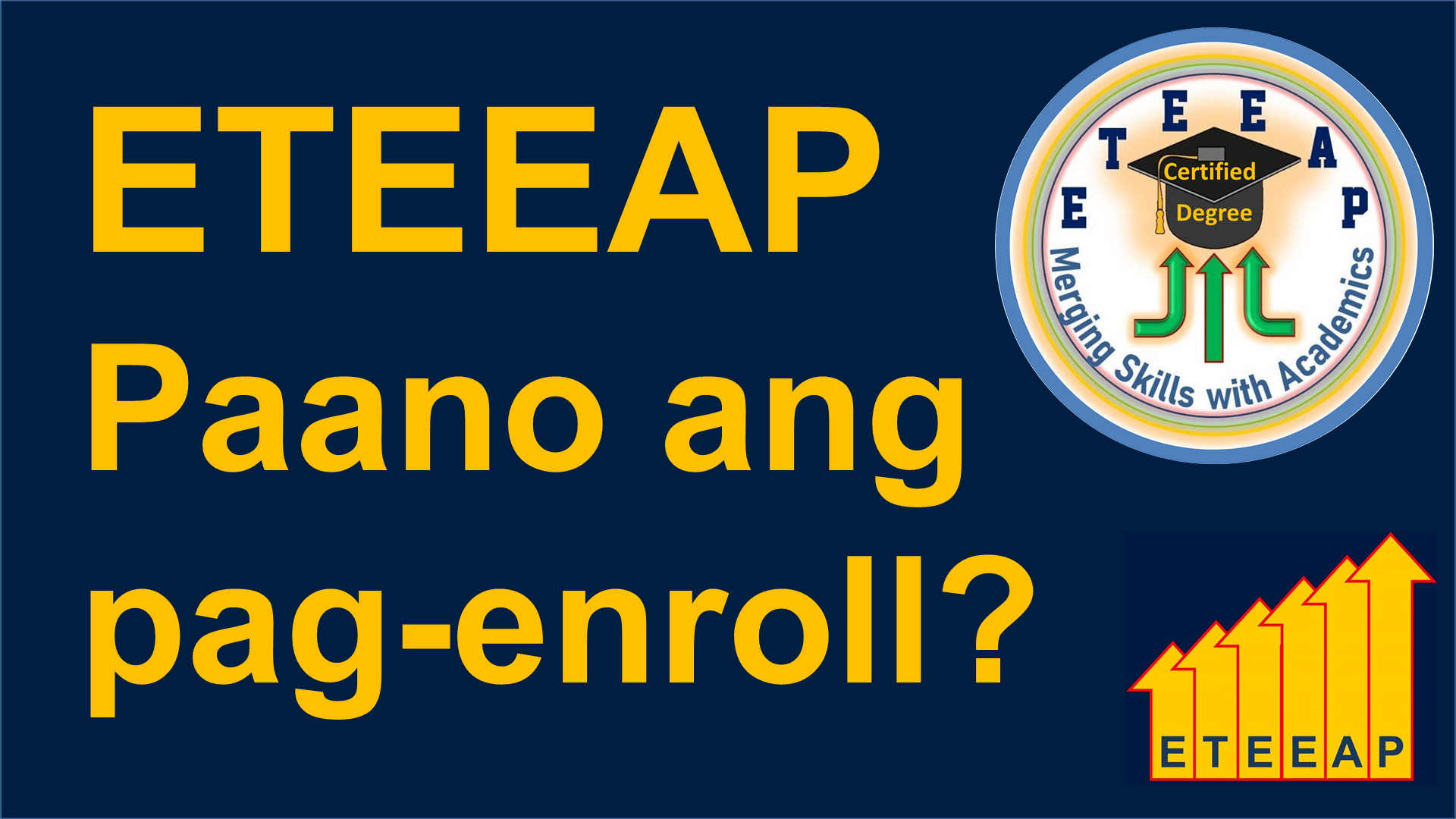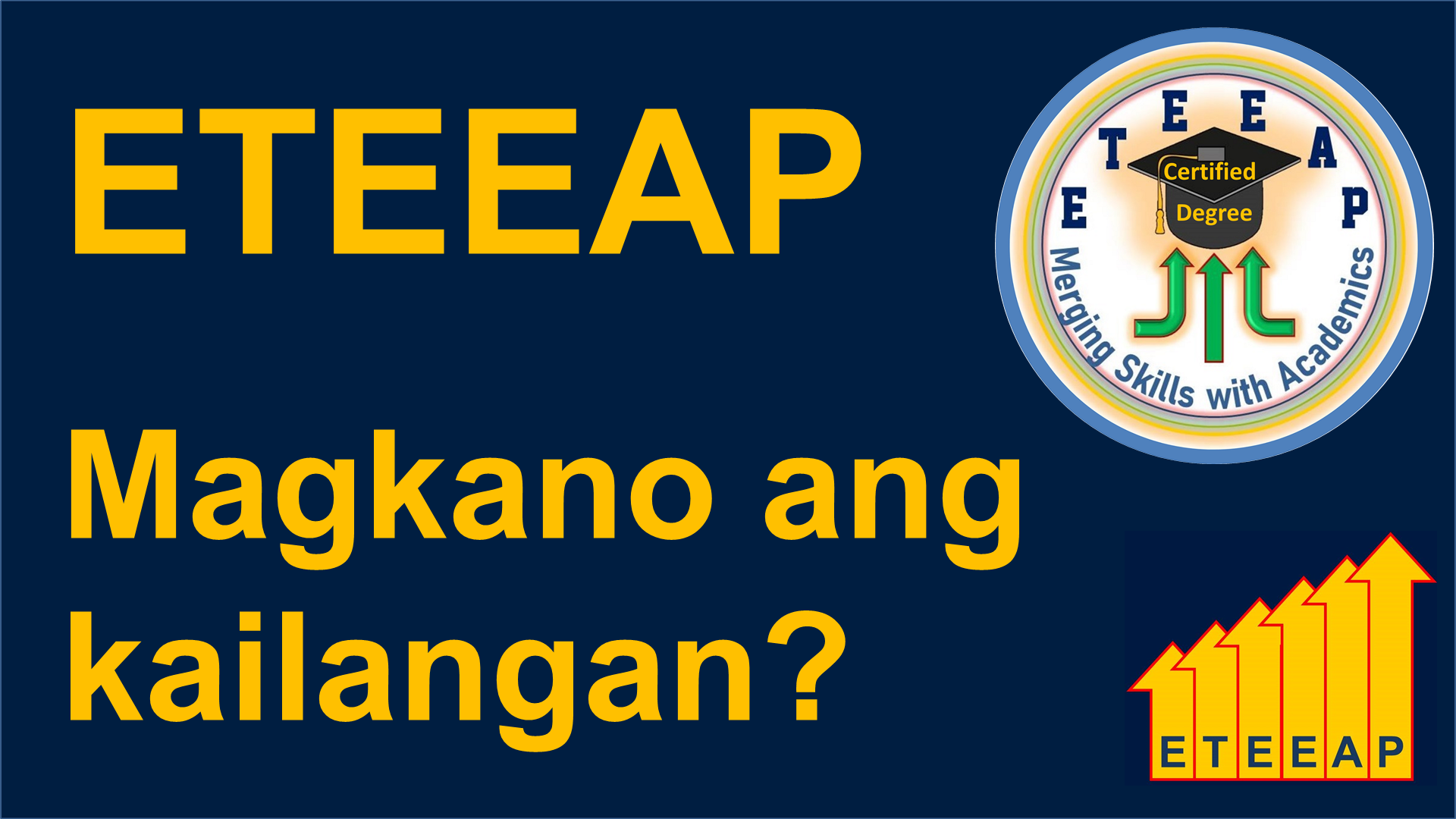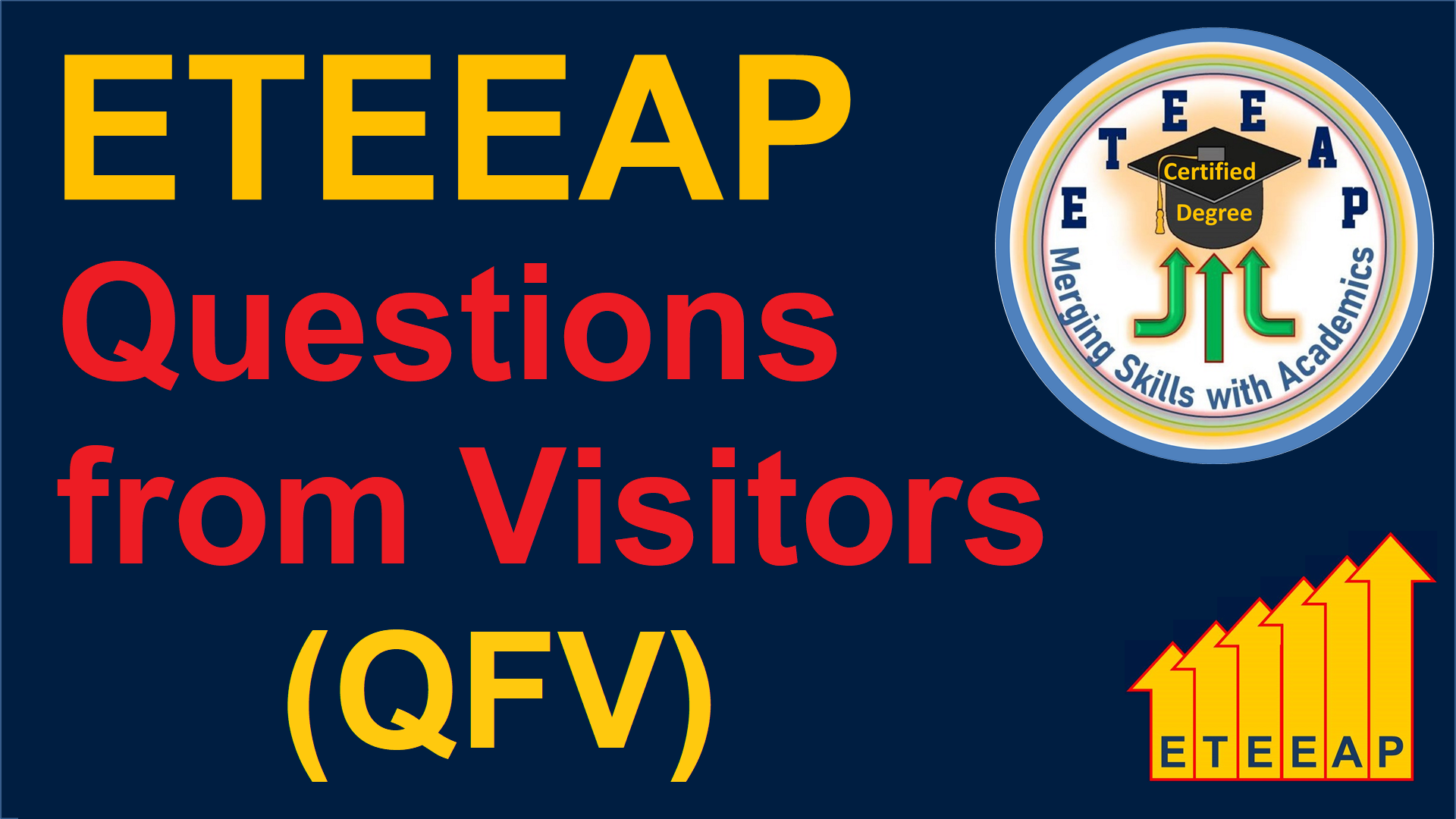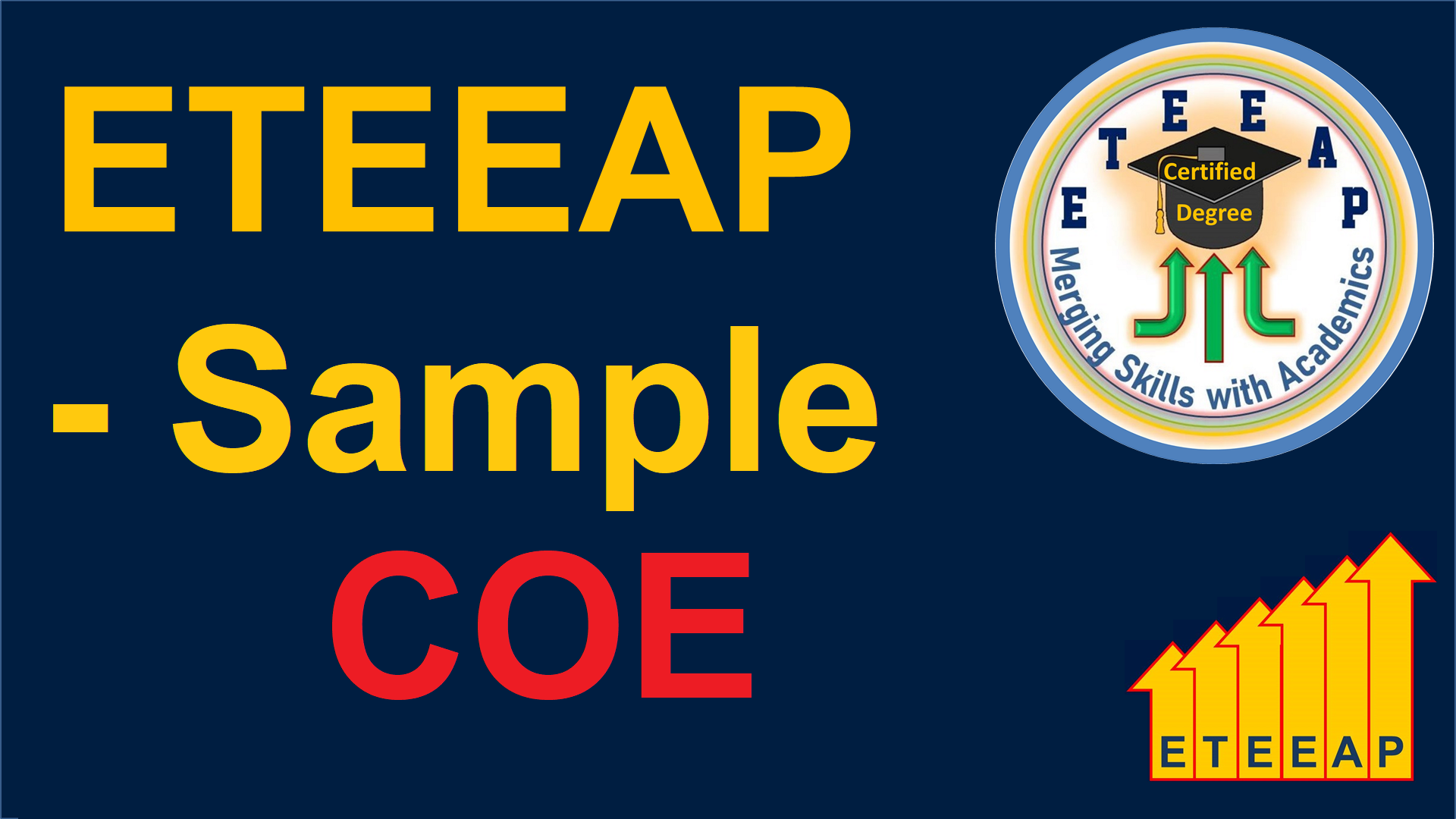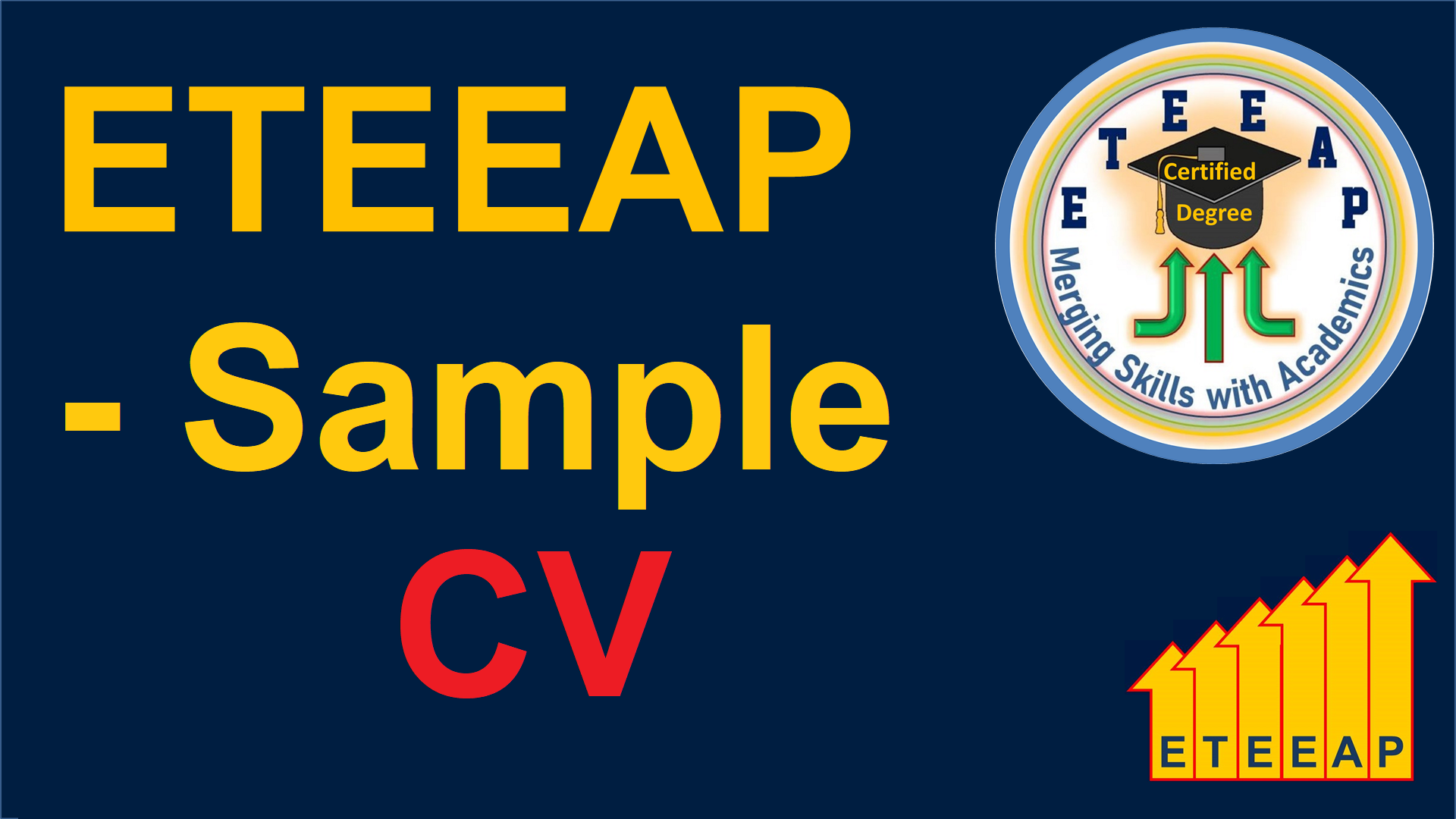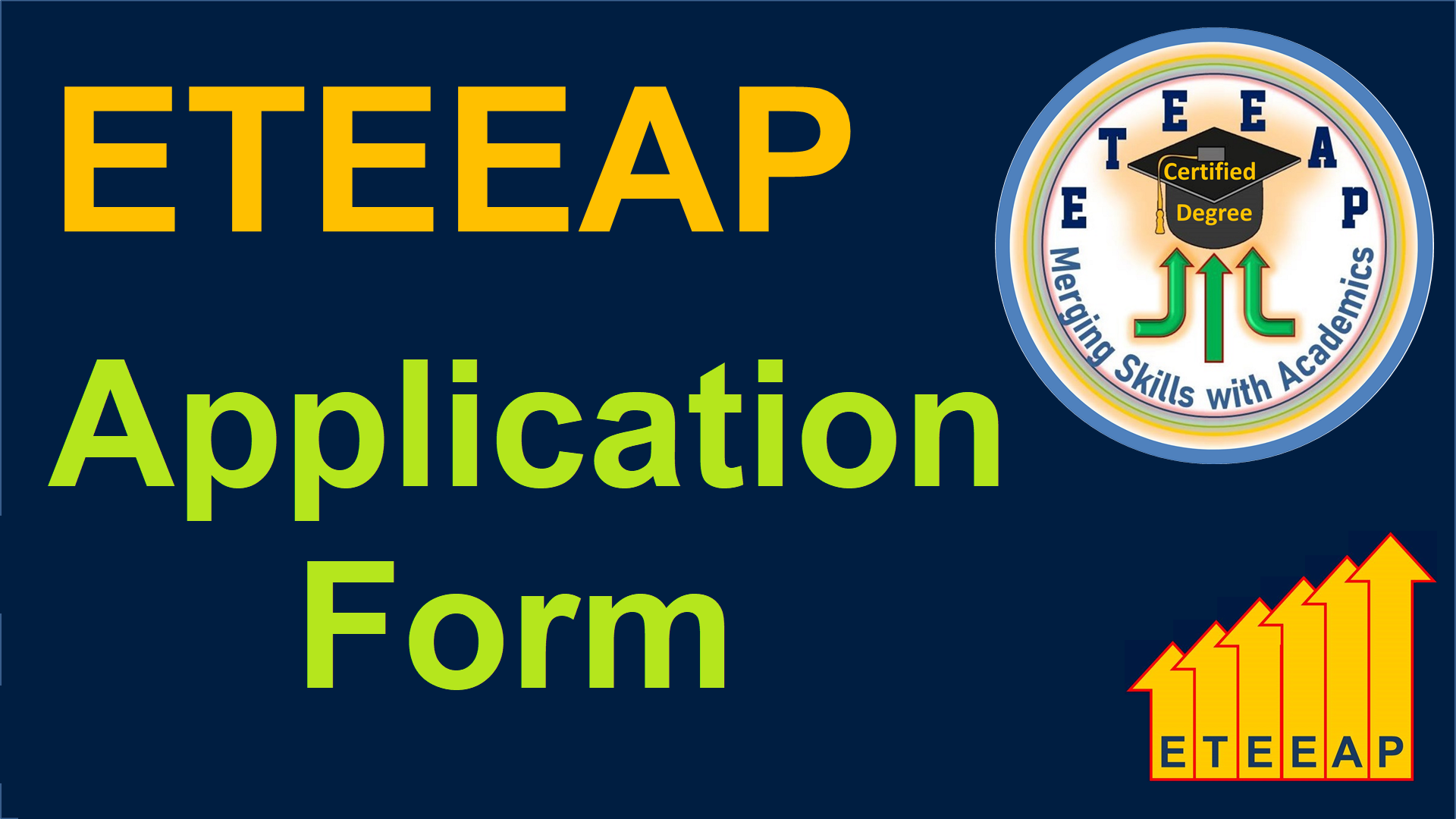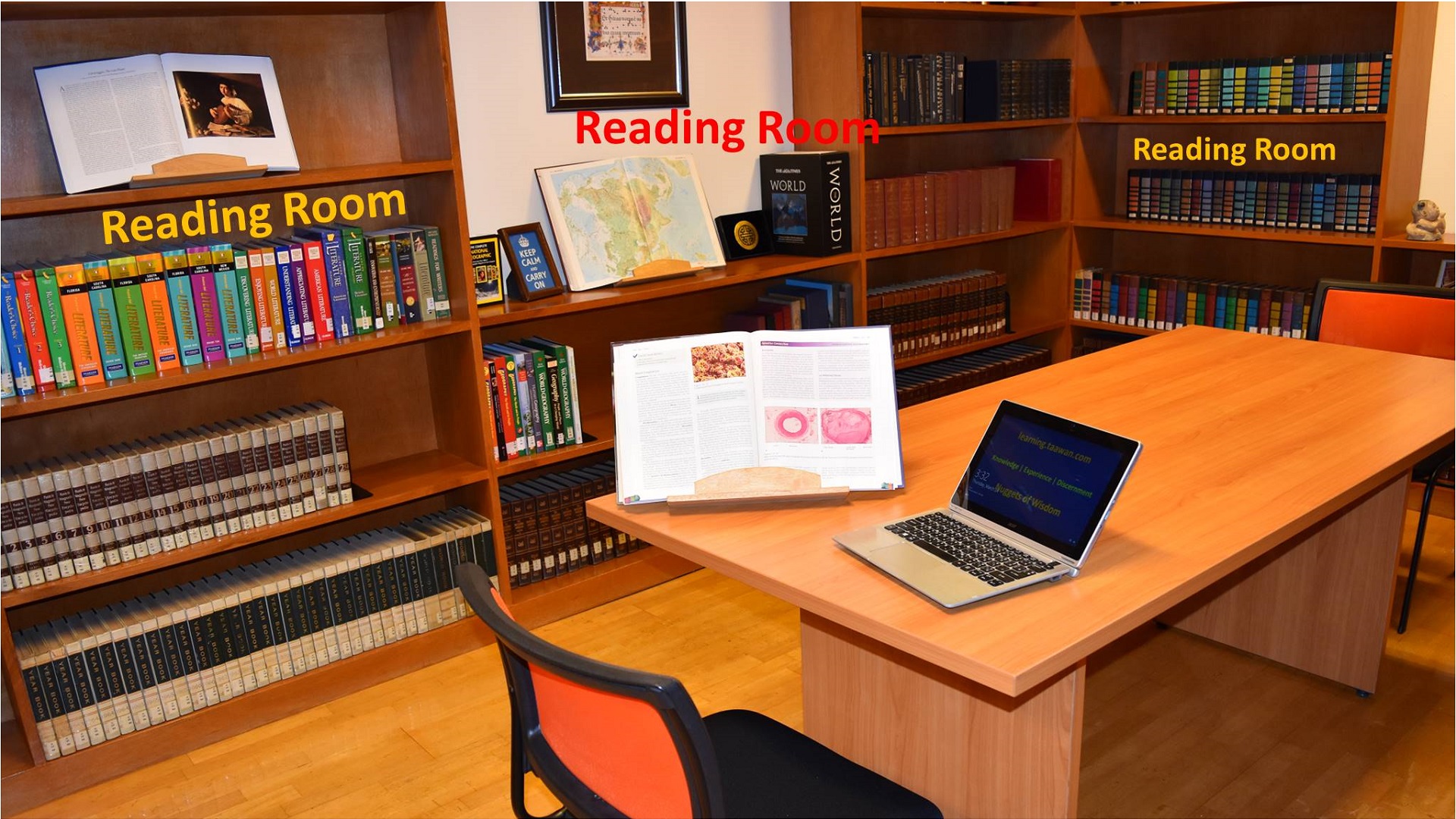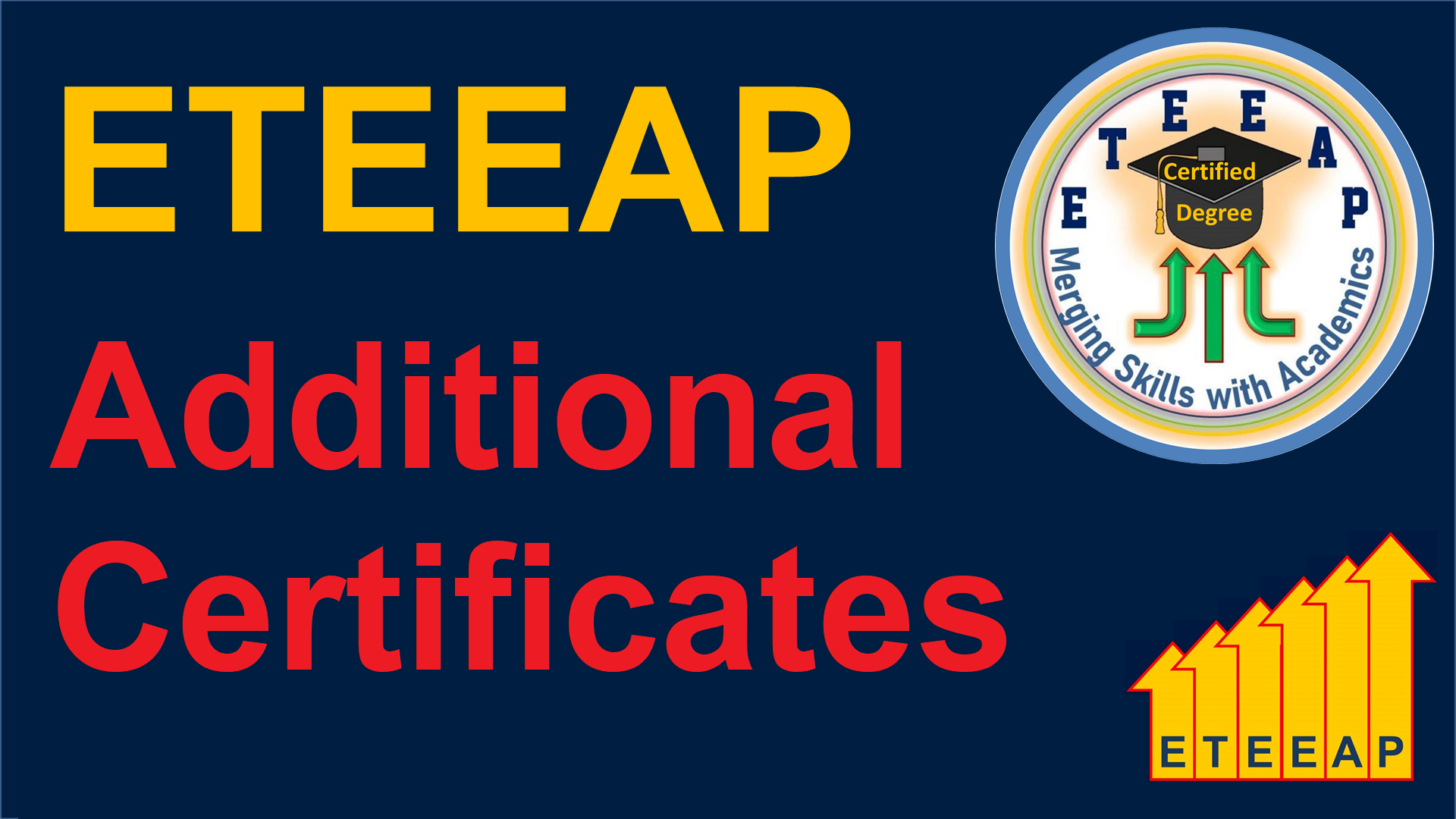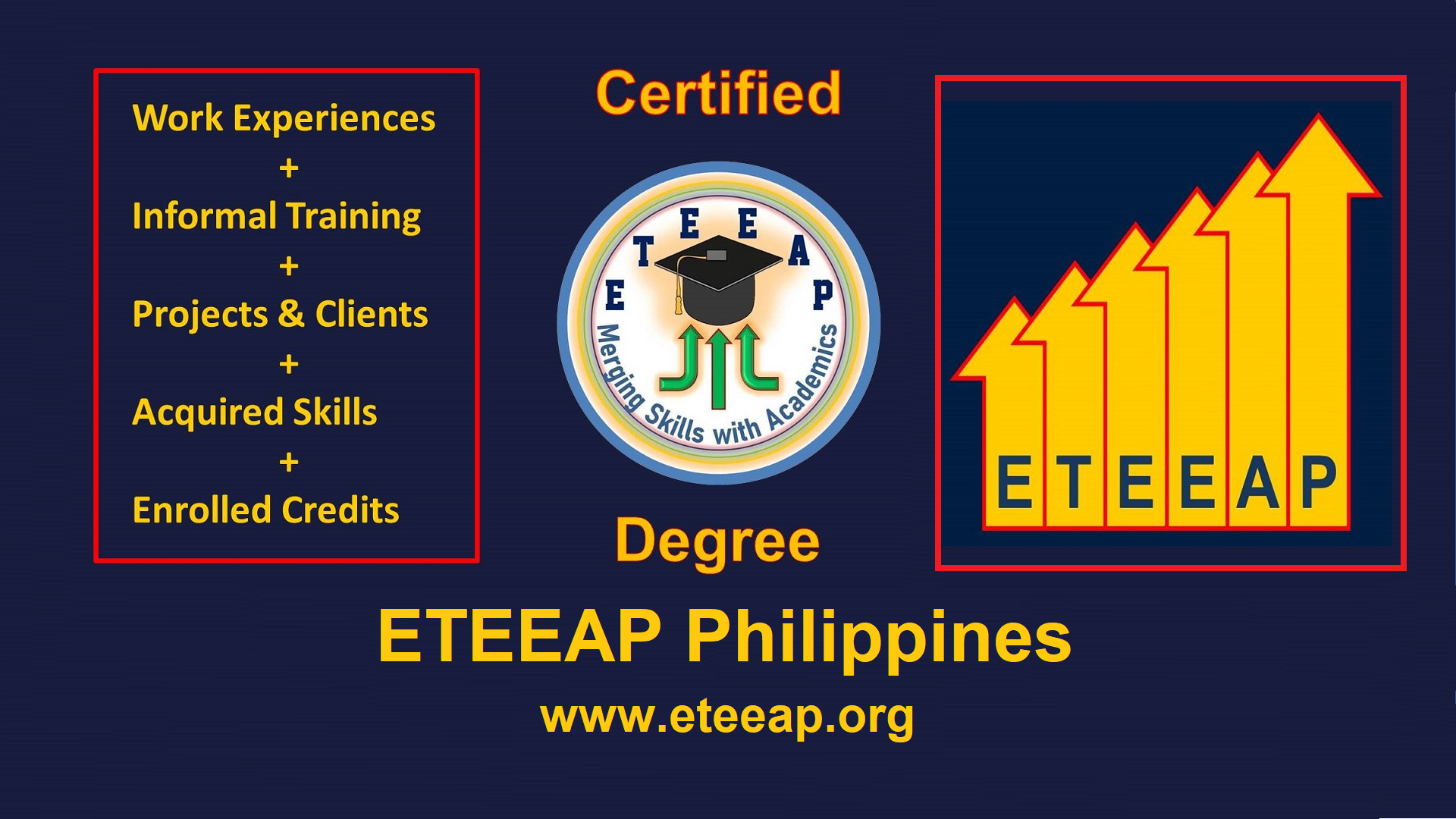We are delighted to announce that we are extending assistance to ETEEAP applicants who need help in their document preparation for the ETEEAP schools of their choice.
This is beneficial for you in the following aspects:
- Saves time in producing the right documents.
- Protect your original documents from getting lost.
- Saves money and time on securing and printing unnecessary documents.
- Saves time and money on shipping your documents.
- Assurance that all required documents are submitted, and you are given proper advice on what to submit as well as those you still need to submit.
- Eliminates submission of hard copies of your documents on the initial stage of your application.
Please note: Notarization of your documents (where the school needs some documents be notarized) is not part of these services. You may submit your documents for the purpose of organizing them and for the initial submission to the school (pre-evaluation). If they require notarized documents, that’s the time you can have them notarized and resend the whole set with the notarized versions.
Before you move on, please read the following:
Accountability release: We would like to emphasize that this offer is not sanctioned by any ETEEAP school. It is our own project. We just want to clear the school of any responsibility.
Additionally, this does not guarantee your automatic enrollment with the school you are intending to send your documents. This is just one process of your application, and the rest of the procedure still depends on you and the school of your choice.
Now let’s go back to the services that we are offering.
Here is the procedure:
- A fee of PHP 2,000.00 is required for these services. This is paid upon confirmation that you want to avail of our services. If you are interested:
a) You can send your message to this Facebook page (Please click/tap on the link):
ETEEAP Application and Enrollment Assistance
….. or …..
b) You can send an email to this address: assistance@eteeap.org
Payment is through G-Cash or bank transfer to a BDO account.
Important: Please fill up the Applicant Declaration Form below to signify your acceptance and agreement with the terms and conditions of these services. - After payment, we will start the process of assisting you in your documents preparation. We will guide you through our email thread, Facebook page chat or/and the forms you will be filling out.
- Either you pass or fail the pre-evaluation, the school will inform you. The process of submission of the documents will be your own arrangement with the school.
- Also you need to create an email account with GMAIL (if you don’t have one yet) as this is needed in the whole process of your document preparation. You will also need this email account when sharing documents on Google Drive with us and with the school you will be enrolling at.
Procedure
- Before we start with the assistance, you need to fill out the Applicant Declaration Form below.
- Pay the corresponding service fee and follow the guidance of the from below. All instructions and payment details are in the form as you answer each question.
- Then contact us through the email in the form to start the process.
Applicant Declaration Form
If you agree with the above terms and conditions, please open and carefully follow the instructions in the form on the link below. After completion of the form and notifying us, you will be directed to another form that will guide you through the whole process of preparing your requirements.
ETEEAP-DPA Applicant’s Declaration Form
Thank you for trusting us. Please be assured that we will provide you the best services you deserve.
For questions and needed clarifications, please go to our comments page here.
Please click/tap here to our comments page.

